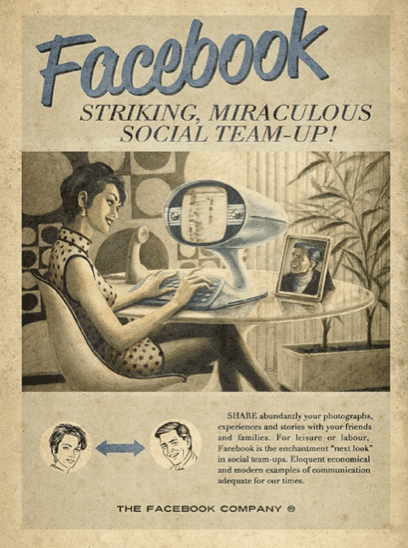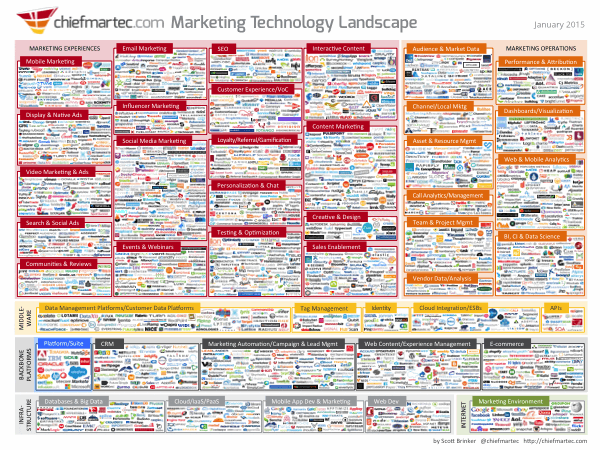 I’m tired of this inbound vs. outbound conversation. Really, who cares? Let’s think a little bit about how the world is changing and how people use the internet differently than they did even 10 years ago.
I’m tired of this inbound vs. outbound conversation. Really, who cares? Let’s think a little bit about how the world is changing and how people use the internet differently than they did even 10 years ago.
In 2006, most users accessed the web with Internet Explorer. Facebook had just opened its doors to those outside college campuses, and MySpace had more than 75 million users.
Mobile was a non-issue in 2006, and most people used desktop monitors set to 800 x 600 pixels. Web gurus at the time were more focused on email tips than on Facebook marketing strategies.
Ah yes. . . the good old days!
Also in 2006, we still got calls (on our land lines!) during the dinner hour from telemarketers; most of us had to watch all the ads on TV every 10 minutes; and many of us got a lot of our daily news from the newspapers.
Life is different now
I’m not waxing nostalgic, but I think it’s interesting how much life has changed in 10 years. Oh, and did I mention that 2006 was the year that Brian Halligan and Dharmesh Shah published the first book about inbound marketing? I actually have it on my bookshelf.
Now we use the internet everywhere, in our pockets, in our watches, in our glasses on our refrigerator, in our thermostats, and yes, even on our desktops. And then there is the Internet of Things. And zero moments. We’re very proficient at searching with Google (currently with over 88% of the worldwide search market share); we have a sense that things are moving faster, there is too much data to take in; and any sort of homogeneity has been dashed as the internet has empowered everyone to form their own groups and then write blog posts and social media posts to tell everyone about their groups, their beliefs, and their lives.
Now we must market to a target audience of 1
Marketing has changed to the point where we now have to market to a target audience of 1 person. We must personalize every message (and even our landing pages and web pages!) and make sure we’re addressing the particular pains and challenges and desires of each person.
Whew! If marketing was hard “back in the day,” it’s become a hundred-fold more difficult now.
And corporate marketing departments are running hard to play catch-up to all these changes and wondering how they can “get it all done” and show strong results (and an ROI) to C-suite executives.
Luckily(?) there are lots of tools to help us
Since Brian and Dharmesh first coined the phrase “inbound marketing” and developed the original marketing automation platform (HubSpot), the marketing technology landscape has expanded to 1,876 vendors across 43 categories.
Marketing Technology Landscape — Hi-Res PNG (2800x2100px, 6.5MB)
Marketing Technology Landscape — Hi-Res PDF (22.5MB)
As Scott Brinker of chiefmartec.com says, “The nature of marketing has exploded from an ancillary communications function to the Grand Central Station of customer experience.”
So now what?
With the proliferation of marketing technology, the continual changes in marketing itself (should I even mention big data?), the need for personalization, and the ever-increasing demand to prove ROI to company leaders, how do we move forward? Or, in fact, how do we just get all of our day-to-day work done? How do we create imaginative and compelling campaigns that touch our prospects’ emotions? And how do we even think we have time to bring that new marketing employee up-to-speed?
Inbound marketing is really, really hard. While there are, literally, hundreds of tasks that must be managed in an inbound marketing effort, the key to success is actually quite simple (but NOT easy): You must match a good strategy with good processes.
Good strategy and good processes combine to make inbound marketing successful, scalable, and effective. . . and together they drive a solid ROI.
Wondering where to start? We develop solid marketing strategies for B2B companies of all sizes — with no commitment from the clients for continuing work. The strategy is based on your business goals and your specific marketing needs, and is yours to keep and execute internally, or have us execute it, or hire another agency to execute it.
We also train marketing and sales teams in developing good processes, and we give away our own processes to our clients for them to tweak and make their own.
Drop me an email to learn more.
Vintage Facebook image courtesy of Rodolfo Sampaio and Marco Martins of Brazil’s Moma Propaganda
![]()





